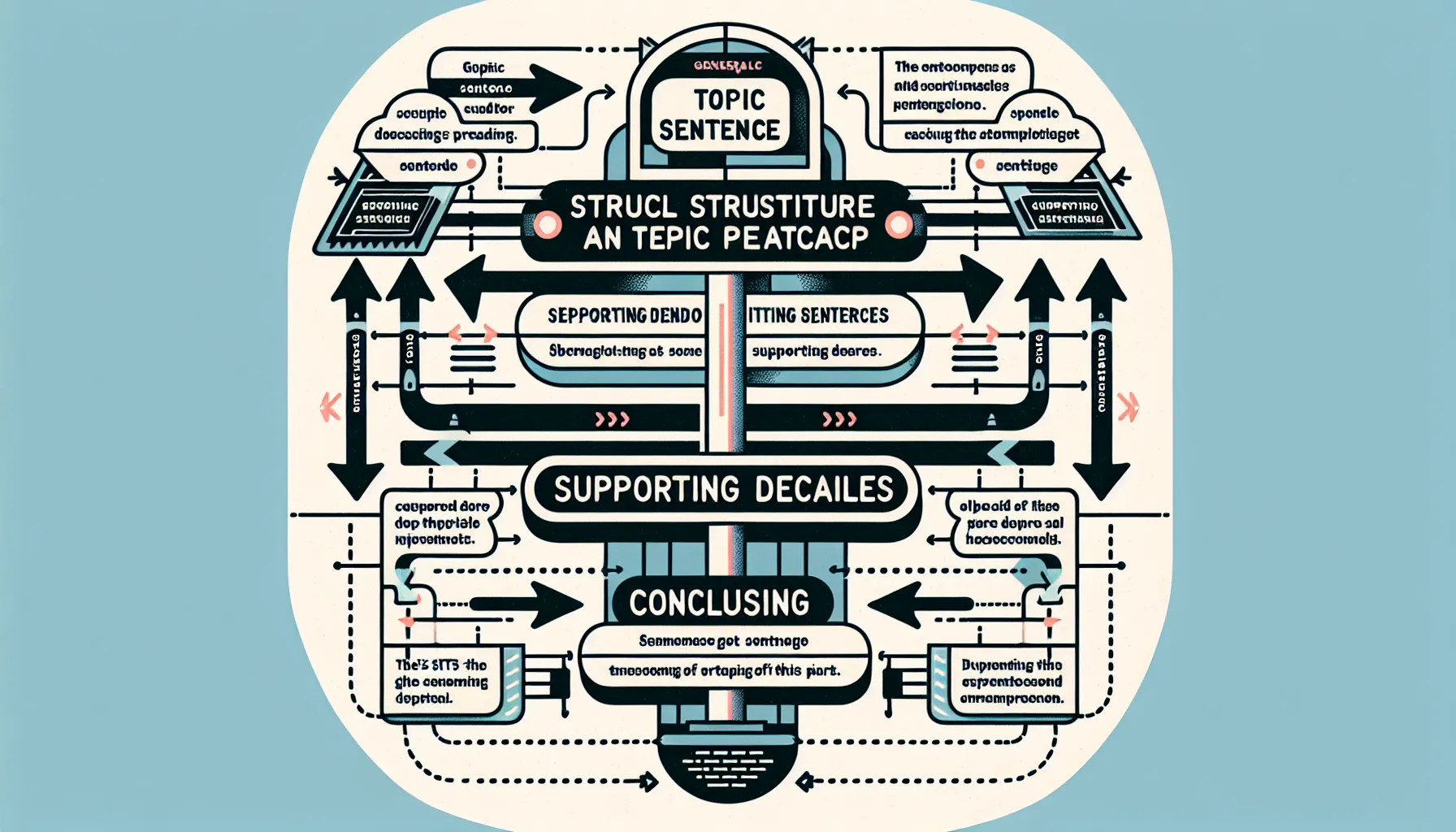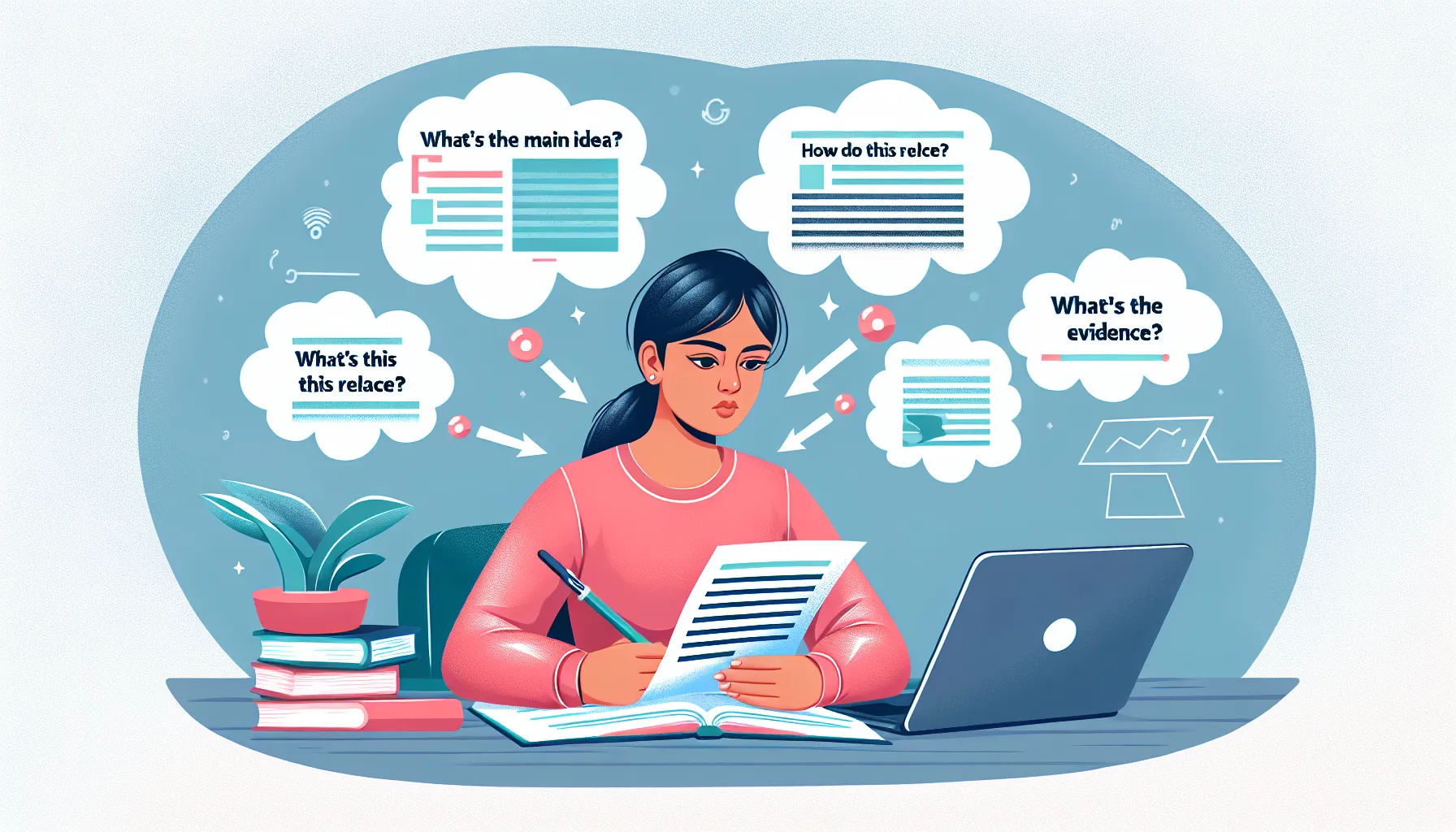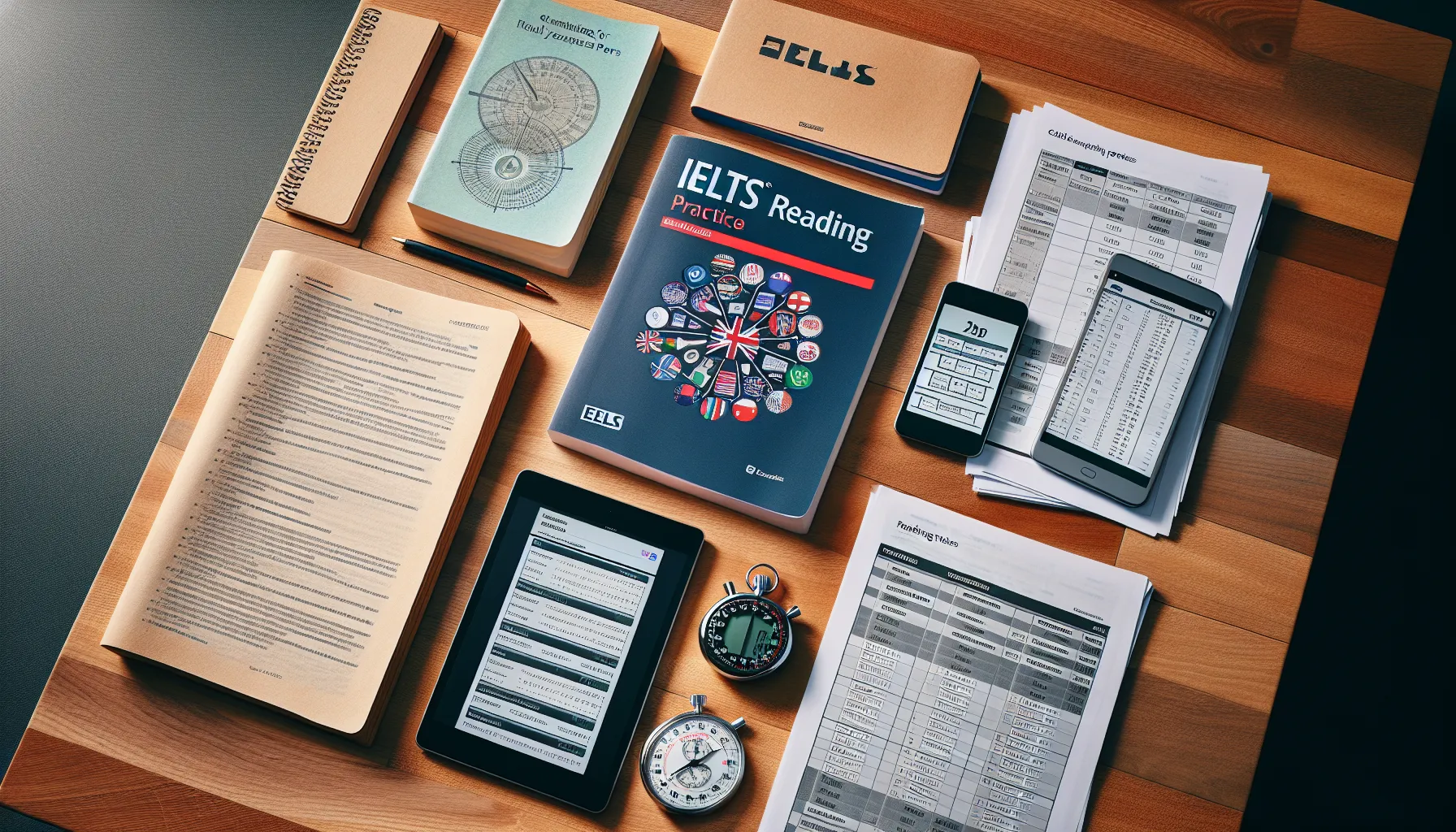Understanding the Matching Headings Task
The Matching Headings task is a common question type in the IELTS Reading section. It requires test-takers to match paragraph headings to the correct paragraphs in the given text. This task assesses your ability to identify the main idea of each paragraph and understand the overall structure of the passage.
Why Matching Headings is Challenging
Many IELTS candidates find this task difficult due to several reasons:
- Time pressure: You need to read and understand multiple paragraphs quickly.
- Similar options: Some headings may seem very close in meaning.
- Vocabulary challenges: Unfamiliar words in headings or paragraphs can be confusing.
- Paraphrasing: The main idea of a paragraph may be expressed differently in the heading.
 IELTS Reading Matching Headings Challenge
IELTS Reading Matching Headings Challenge
Essential Tips for Matching Headings Success
1. Skim the Paragraphs First
Before diving into the headings, quickly skim each paragraph to get a general idea of its content. This will help you identify the main topic more easily when you look at the headings.
Example:
Paragraph: “The Great Barrier Reef, stretching over 2,300 kilometers along Australia’s northeast coast, is home to an incredible diversity of marine life. From colorful coral polyps to majestic sea turtles, the reef ecosystem supports thousands of species, making it one of the most complex natural systems on Earth.”
Main idea: The Great Barrier Reef’s biodiversity and ecological importance
2. Analyze the Headings
Carefully read through all the headings, noting key words and themes. Look for similarities and differences between them to avoid confusion later.
Tip: Create a mental (or written) summary for each heading to distinguish them clearly.
3. Focus on the First and Last Sentences
The main idea of a paragraph is often found in the first (topic sentence) or last (concluding sentence) of the paragraph. Pay extra attention to these sentences when matching headings.
 IELTS Reading Paragraph Structure
IELTS Reading Paragraph Structure
4. Look for Synonyms and Paraphrasing
The headings may not use the exact words found in the paragraphs. Train yourself to recognize synonyms and different ways of expressing the same idea.
Example:
Heading: “The Reef’s Ecological Significance”
Paragraph content: “…making it one of the most complex natural systems on Earth.”
5. Eliminate Obvious Mismatches
If a heading clearly doesn’t match a paragraph, cross it off your list. This will help you focus on the more challenging options.
6. Use Process of Elimination
When you’re stuck between two or three headings for a paragraph, try to match the other headings first. Often, this process of elimination will leave you with the correct answer.
Advanced Strategies for Higher Scores
1. Identify Paragraph Types
Different paragraphs serve different purposes. Recognizing these can help you match headings more accurately:
- Introduction paragraphs
- Cause and effect paragraphs
- Compare and contrast paragraphs
- Chronological paragraphs
- Conclusion paragraphs
2. Look for Topic Shifts
Pay attention to transition words or phrases that indicate a change in topic. These can signal the start of a new main idea, which is crucial for matching headings.
Example: “However,” “On the other hand,” “In contrast,” “Furthermore”
3. Practice Active Reading
Engage with the text by asking yourself questions as you read:
- What is the main point of this paragraph?
- How does this information relate to the previous paragraph?
- What evidence or examples support the main idea?
 IELTS Reading Active Engagement Techniques
IELTS Reading Active Engagement Techniques
4. Time Management
Allocate your time wisely:
- 2-3 minutes for skimming paragraphs
- 1-2 minutes for analyzing headings
- 5-7 minutes for matching and double-checking
5. Create a Mental Map
As you read, try to visualize the structure of the text. This mental map can help you quickly locate information and match headings more efficiently.
Common Pitfalls to Avoid
- Don’t get stuck on unfamiliar vocabulary. Focus on the words you do know to grasp the main idea.
- Avoid matching based on a single word that appears in both the heading and paragraph. Look at the overall meaning.
- Don’t rush to match all headings on the first read-through. It’s okay to leave some uncertain and come back to them.
- Beware of ‘distractor’ headings that may seem relevant but don’t actually match the main idea of any paragraph.
Practice Makes Perfect
The key to mastering the Matching Headings task is consistent practice. Here are some ways to improve your skills:
- Use official IELTS practice materials and past papers.
- Time yourself to simulate exam conditions.
- Analyze your mistakes and understand why you made them.
- Read widely to improve your general comprehension and vocabulary.
- Practice summarizing paragraphs in your own words to train your main idea identification skills.
 IELTS Reading Practice Materials
IELTS Reading Practice Materials
By implementing these tips and strategies, you’ll be well-equipped to tackle the Matching Headings task with confidence. Remember, improvement comes with consistent effort and practice. Keep refining your skills, and you’ll see your IELTS Reading scores improve over time.


